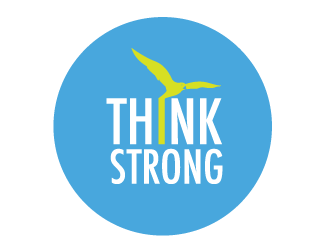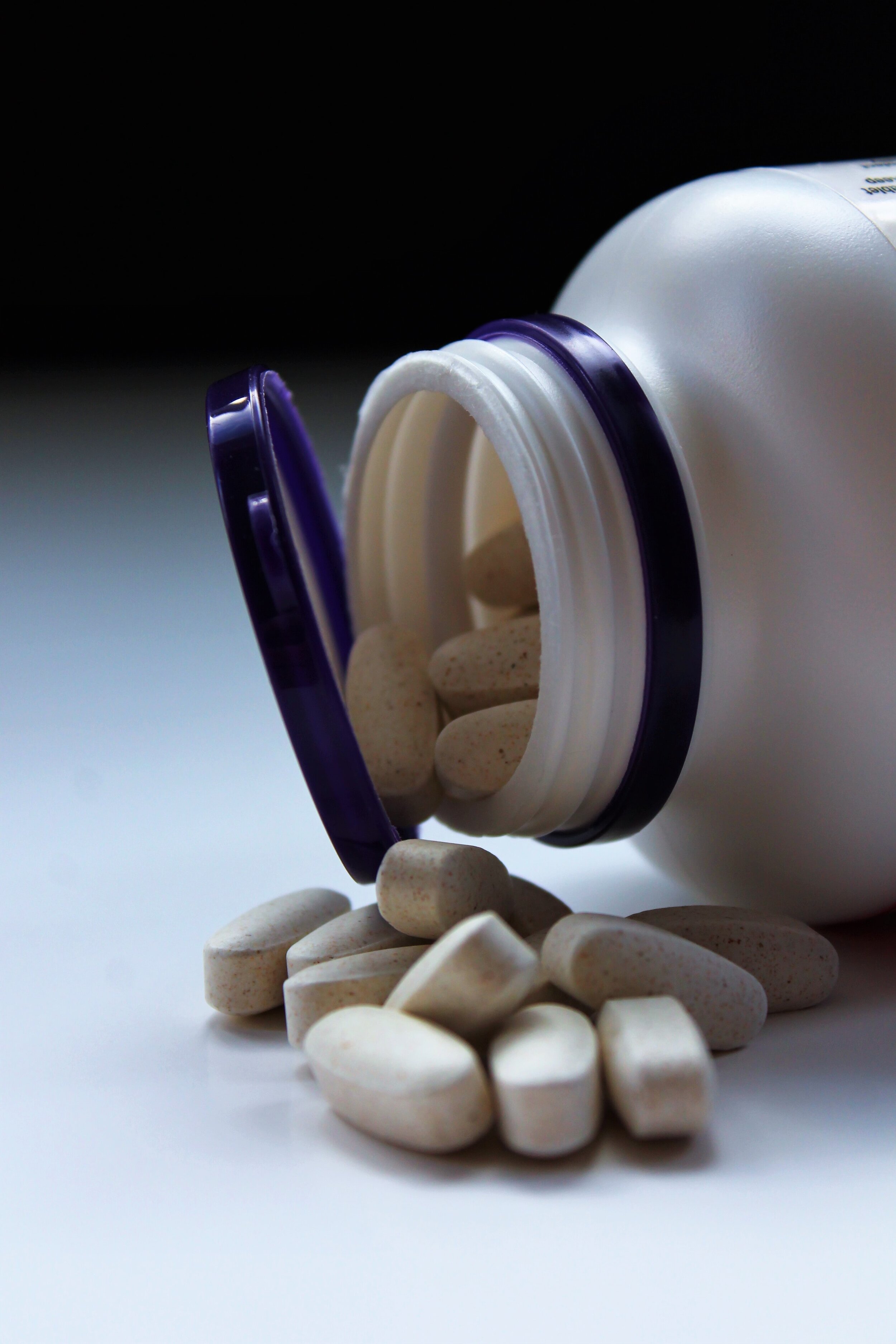Addiction
What Is Addiction?
Addiction in its many forms can often arise after an initial “hit”, first big win or a desire to escape from something. The excitement that it can generate leads people to seek / avoid those feelings again. A behaviour then exists which may even replace the craving for the the initial stimulus. This can have harmful consequences as money, time, resources may be needed to feed the “addiction”.
Understanding Addiction: A ThinkStrong Approach
Addiction is more than a bad habit—it’s a complex condition that impacts the brain’s reward and motivation systems. Whether it involves substances like alcohol, opioids, or nicotine, or behaviors such as gambling, addiction creates a powerful cycle that can feel impossible to break. At ThinkStrong, I believe knowledge is the first step toward recovery.
What Drives Addictive Behaviors?
Addictive behaviors share key neurobiological features. They activate the brain’s reward and reinforcement pathways, primarily involving dopamine, the neurotransmitter linked to pleasure and motivation. Over time, these behaviors can lead to synaptic pruning in the prefrontal cortex, the part of the brain responsible for decision-making and self-control. This means attention becomes laser-focused on cues related to the addictive substance or activity.
The good news? These brain changes are reversible once the addictive behavior stops.
The Link Between Addiction and Mental Health
Addiction rarely exists in isolation. Conditions like depression, anxiety, and other mental health challenges often accompany substance use or gambling disorders. Both types of addiction engage similar brain mechanisms and respond to many of the same treatment strategies.
Key Features of Addiction
Addiction affects the brain’s executive functions, making it harder for individuals to recognize the harm caused by their behavior. Common characteristics include:
Impaired control over substance use or behavior
Social impairment, disrupting relationships and daily responsibilities
Craving and compulsive pursuit of pleasure
Tolerance, requiring more of the substance or activity to achieve the same effect
Despite physical or psychological harm, individuals often continue the behavior, which can lead to feelings of hopelessness, shame, and guilt.
Recovery Is Possible—and Common
Research shows that recovery is the rule, not the exception. There are multiple paths to healing:
Natural recovery, where individuals make changes on their own
Community and peer support networks
Clinical-based recovery, guided by credentialed professionals
Relapse is common but not a failure—it’s part of the journey. After five years of remission, the risk of relapse is no greater than in the general population. Neuroscience confirms that synaptic density gradually restores, reinforcing the brain’s ability to heal.
ThinkStrong: Your Partner in Resilience
At ThinkStrong, I focus on strength-based recovery, empowering individuals to rebuild their lives with confidence. Addiction doesn’t define you—your resilience does. With the right support, you can restore balance, reclaim control, and thrive.
Ready to Take the First Step?
Don’t wait for tomorrow—start your journey today. Contact ThinkStrong for a confidential consultation and discover how my evidence-based, compassionate approach can help you or your loved one break free from addiction.




